So, you’ve played through your current set of guitar strings. You’ve worn them down over a couple of months (or more!) and now they’re dull and dirty. It’s time for a change. What next? You’ll need to pick up another set with a suitable string gauge that matches your instrument, playing style, and musical genre.
Choosing a set of guitar strings is simple when you know what you’re looking for, and you probably won’t change much once you’ve settled on the right ones. But until you’ve figured out your strings of choice, the many combinations of gauges and brands can be a real headache – but we can cure it! In this guide, we’ll discuss everything you need to know about guitar strings, including gauge size, the best electric guitar strings for different genres, and why you might want to consider coated strings.
Table of Contents
- String Gauges In A Nutshell
- What Is String Gauge
- Why String Gauge Matters
- String Gauges and Music Genres
- A Word on Coated Guitar Strings
- Popular Guitar String Brands
- The Best String Gauge for You
- Electric Guitar String Gauge: FAQs
- Further Reading
String Gauges In A Nutshell
- String gauge is the thickness/diameter of a guitar string.
- It’s measured in 1/1000th of an inch. For example, a 10-gauge string is 0.010 inches.
- Guitar string packs are usually referred to by their thinnest string, e.g. 10s.
- Strings are commonly made of stainless steel, nickel, cobalt or copper.
- Thicker strings create more bass frequencies and put up more resistance to your fingers; thinner strings produce more treble and feel slinkier.
What is String Gauge?
If you’ve ever so much as seen a guitar, you’ll already know that guitar strings are really thin. So thin, in fact, that string manufacturers need to provide a quantifiable measurement for us regular players to understand. The smaller the number, the thinner the string. The higher the number, the thicker it is.
For example, a .008-inch string is extremely light and would generally be used as the thinnest string on an electric guitar. A .056-inch string, on the other hand, is very thick and would likely be the largest on a six-string electric guitar. Lots of companies refer to their packs of strings by the thinnest string in that set. The most common sets you’ll encounter are 9s, 10s and 11s. For ease of understanding, some brands also give generic names to their string sets, like light, medium, or heavy.
However, the thickness of equivalent strings will vary from brand to brand. For example, you might see Ernie Ball make a set almost identical to D’Addario, but one has a third string measuring in at .018 inches, while the other is .016 inches. That’s why it’s important to understand exactly what you’re buying – and what’s changing when you buy a new set of strings.
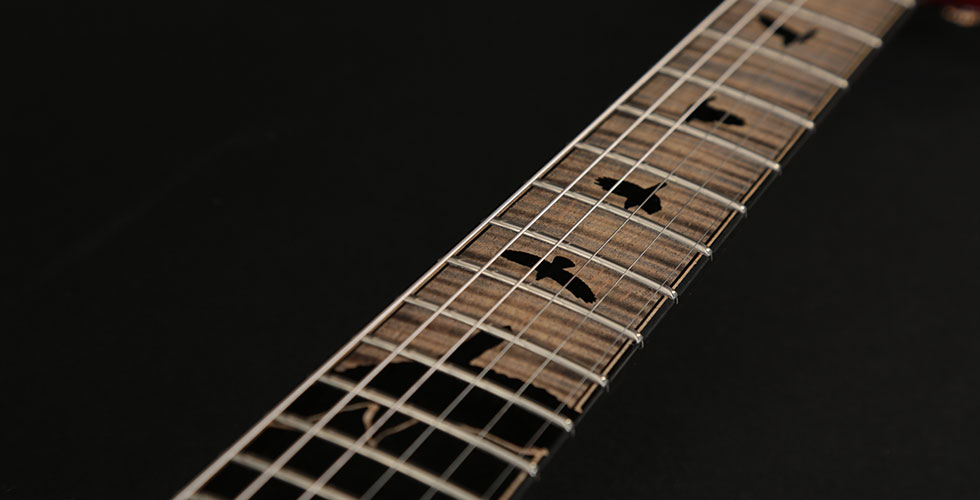
Why String Gauge Matters
Guitar strings have a bigger effect on tone and playability than you might think. Different gauges provide a variety of sounds and affect both fretting and strumming hands. Let’s quickly compare two common sets of strings:
.009 .011 .016 .024 .032 .042
.011 .015 .018 .026 .036 .050
The first set is thinner across every string than the second. That means that they’ll typically be “easier” to play for beginner guitarists, because they demand less finger strength to fret and bend. On the other hand, they do require more precision to really add character to your playing and master techniques like a delicate vibrato, legato or arpeggios.
Thicker strings hold more tension across the fretboard, making them feel taut and deliberate to strum, but they’re also tougher to bend. The more you use them, the more they’ll help you build up finger strength and picking endurance. But before you swap out your light strings for something a bit beefier, you may have to build your finger strength up to a certain level before you try them out. You’ll also need to familiarise yourself with guitar setup to adjust your string height, especially if you’re replacing thin strings. That’s because larger strings set up at a lower action will likely give you some fret buzz from the strings hitting the frets in front of the ones you’re playing.
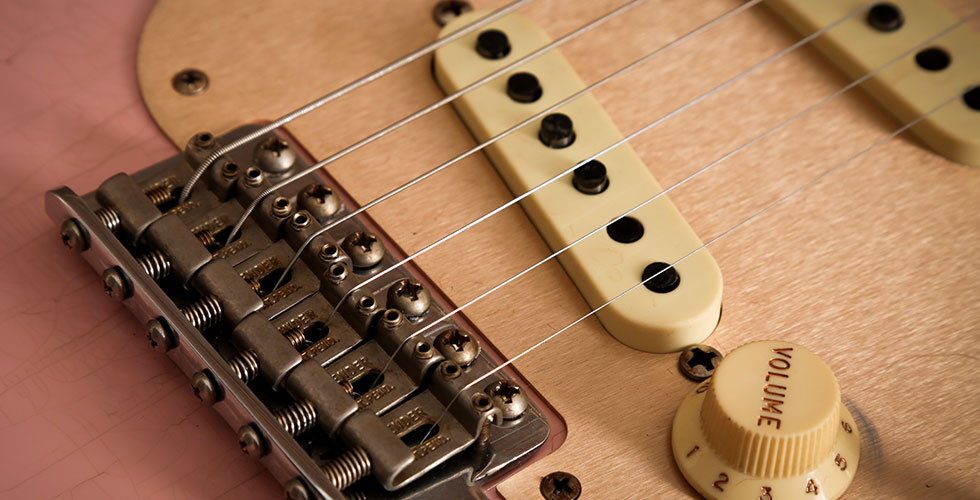
String Gauges and Music Genres
If beauty is in the eye of the beholder, then string gauge preference is in the fingers of the guitarist. Whatever genre you play, and however you play it, there isn’t really any such thing as the right string gauge to use – you could use almost any gauge for any genre. That said, if you want to reproduce the iconic tones of your favourite musicians, there are a few general guidelines you might want to follow.



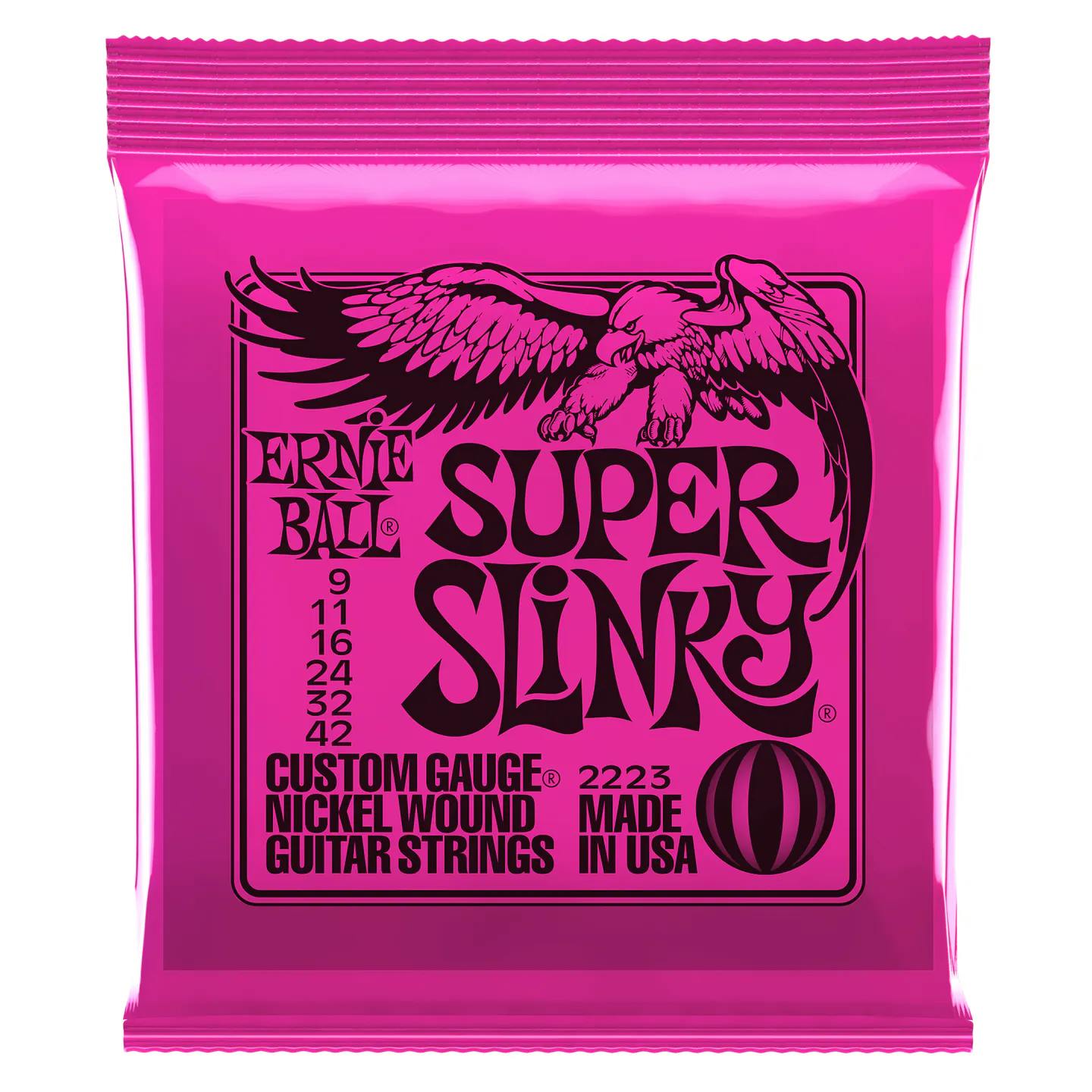
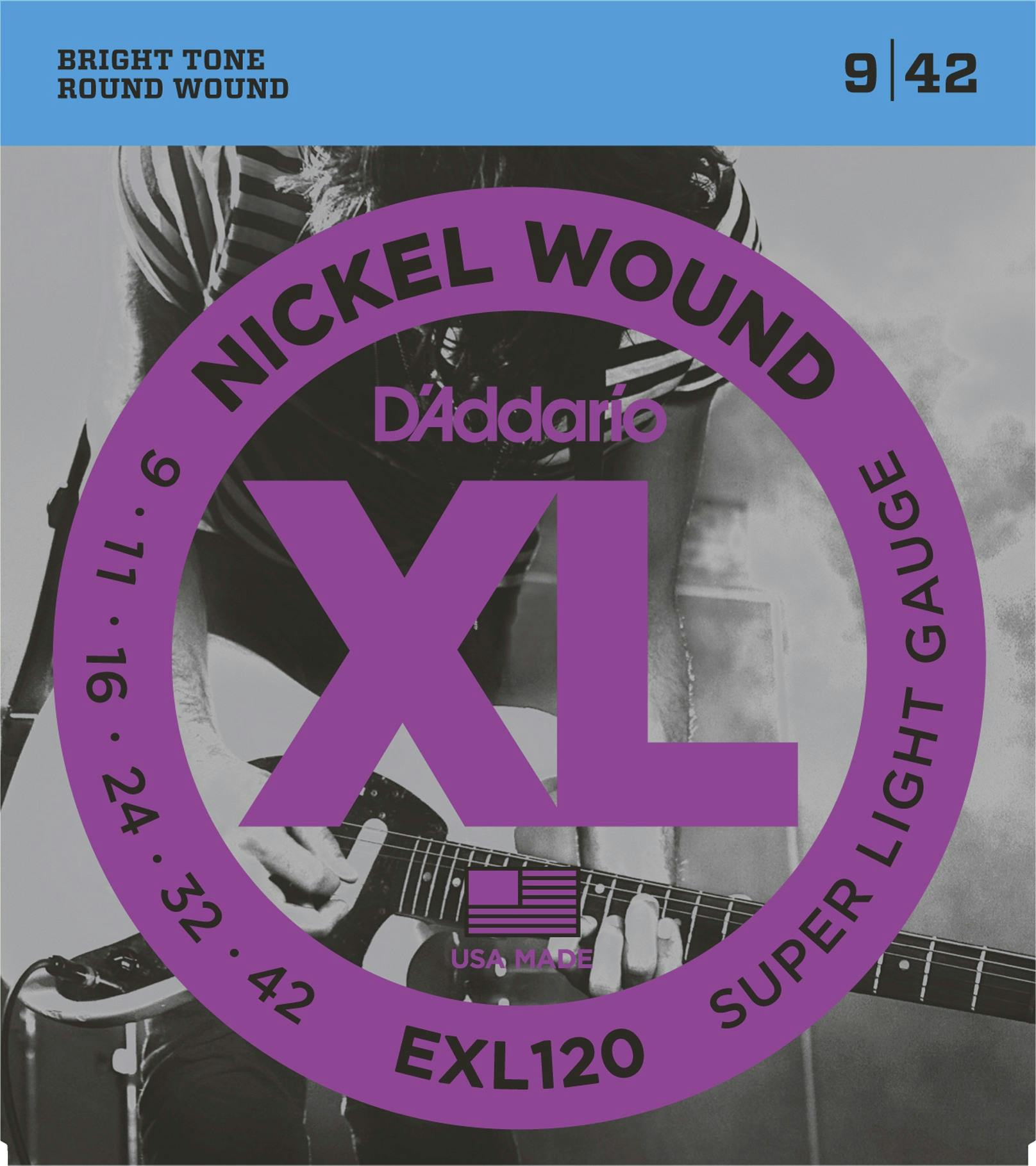
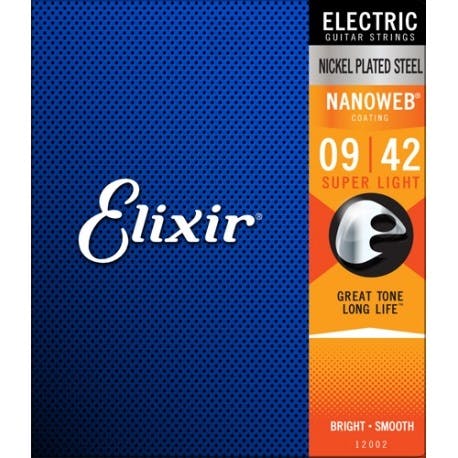
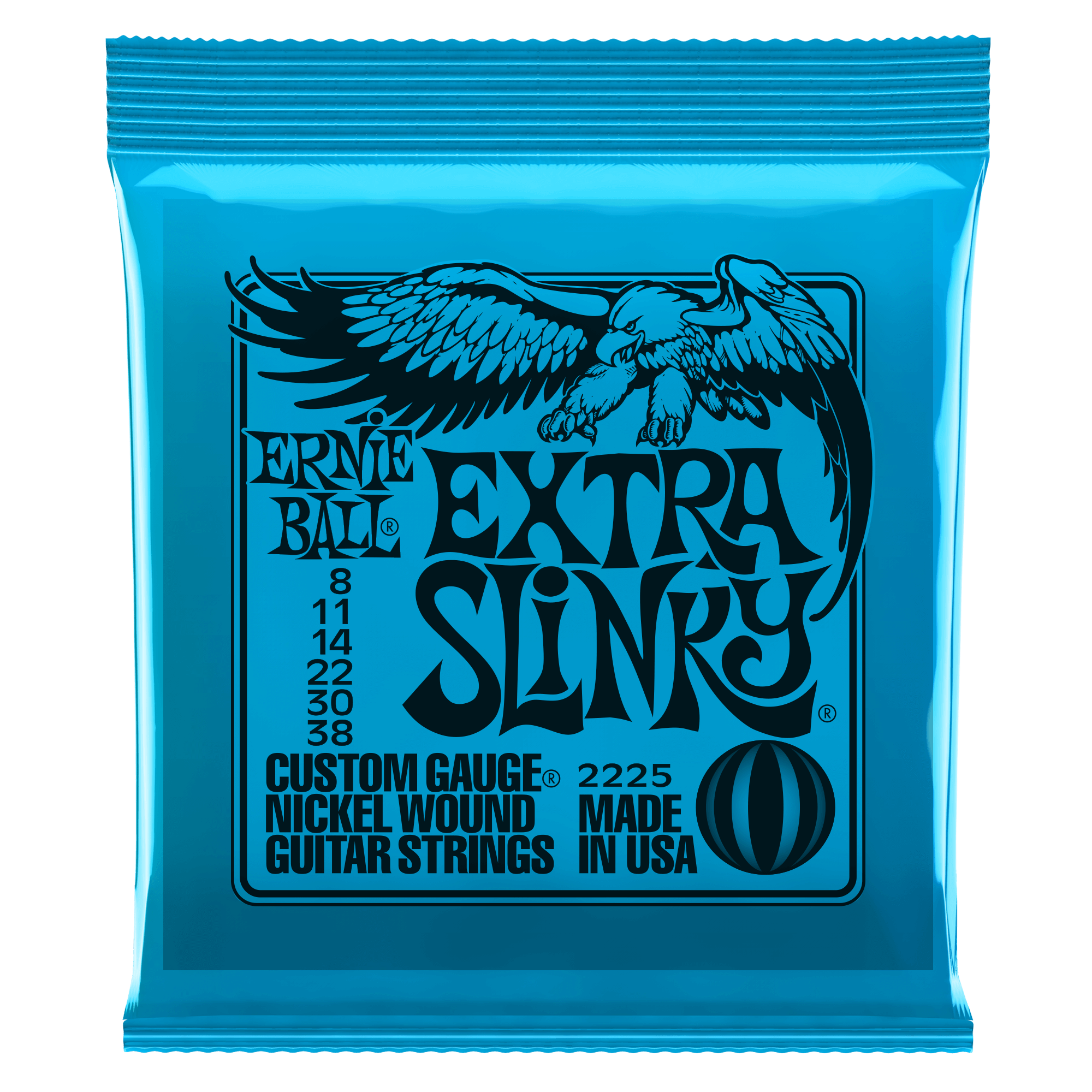
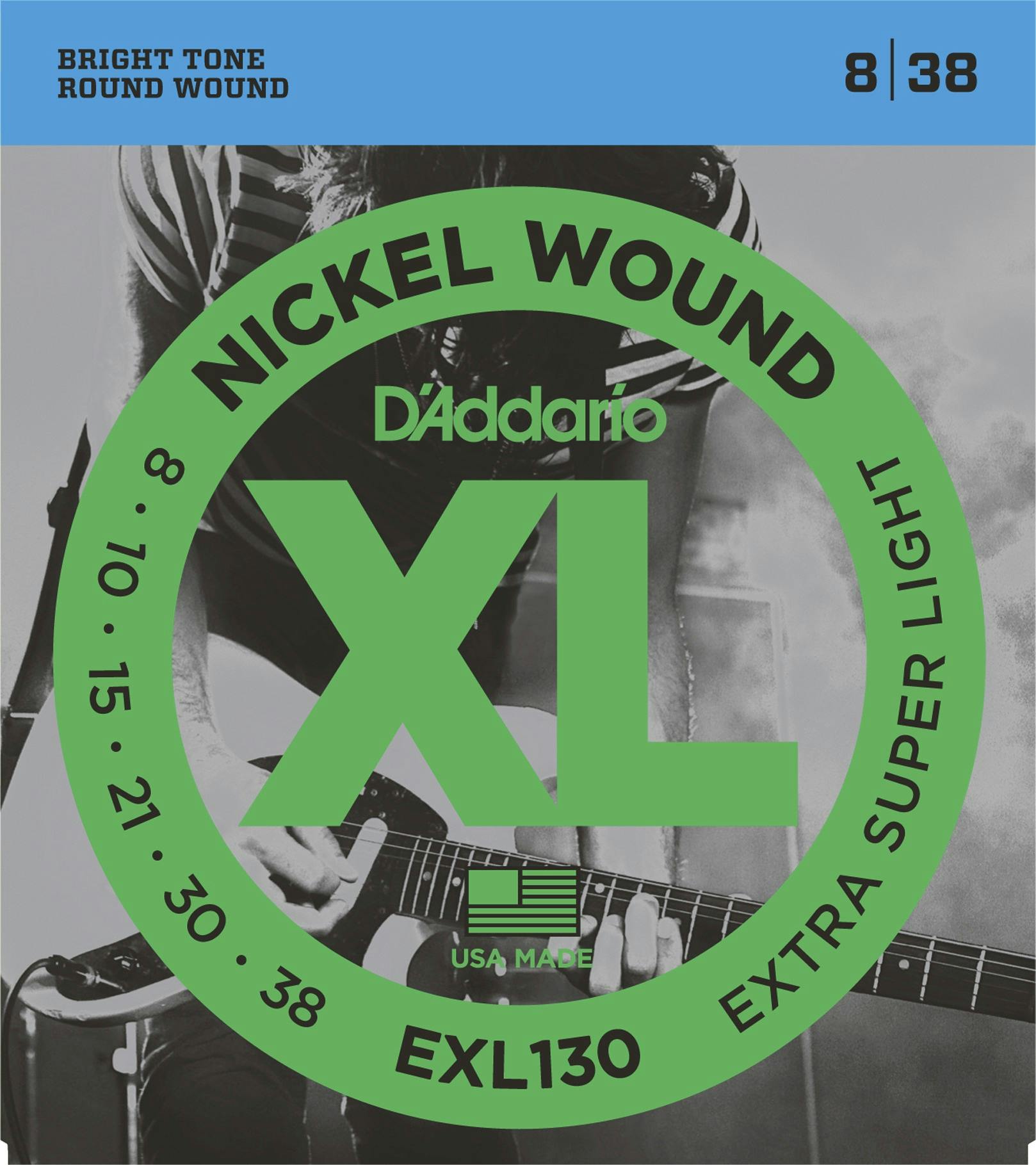
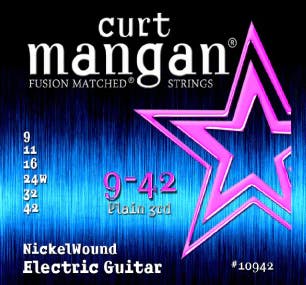
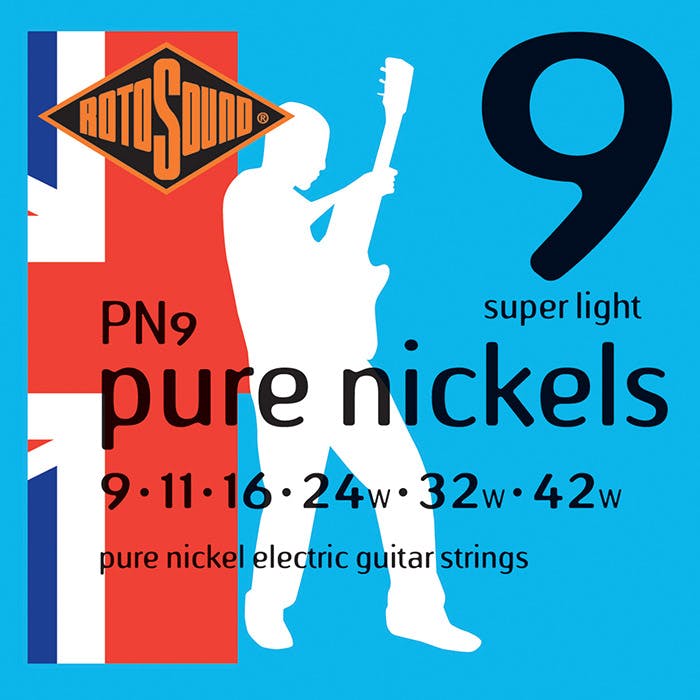
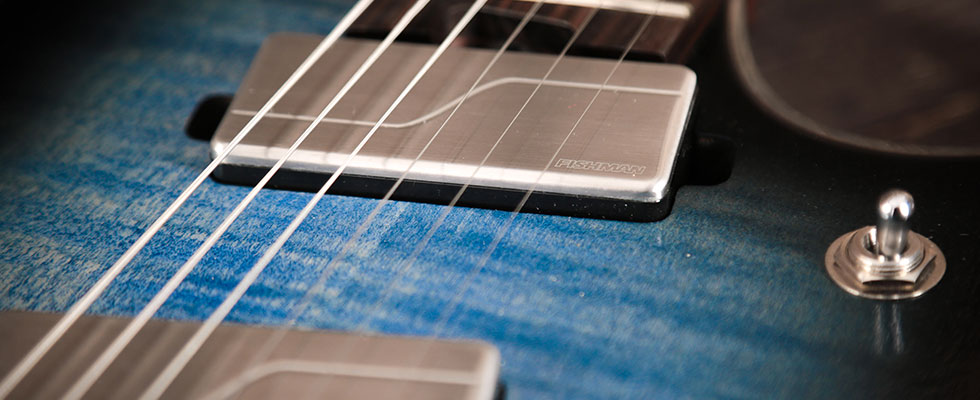
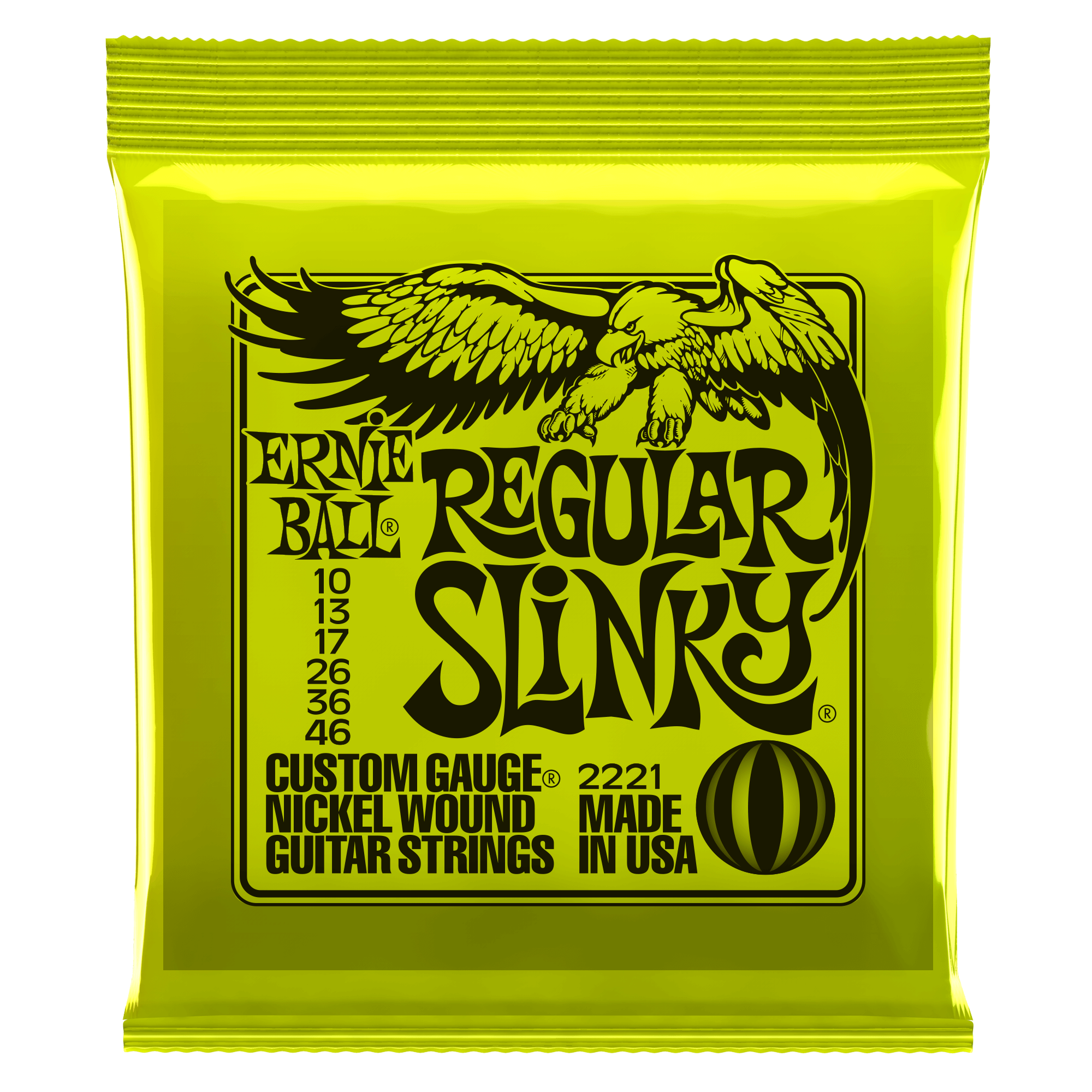
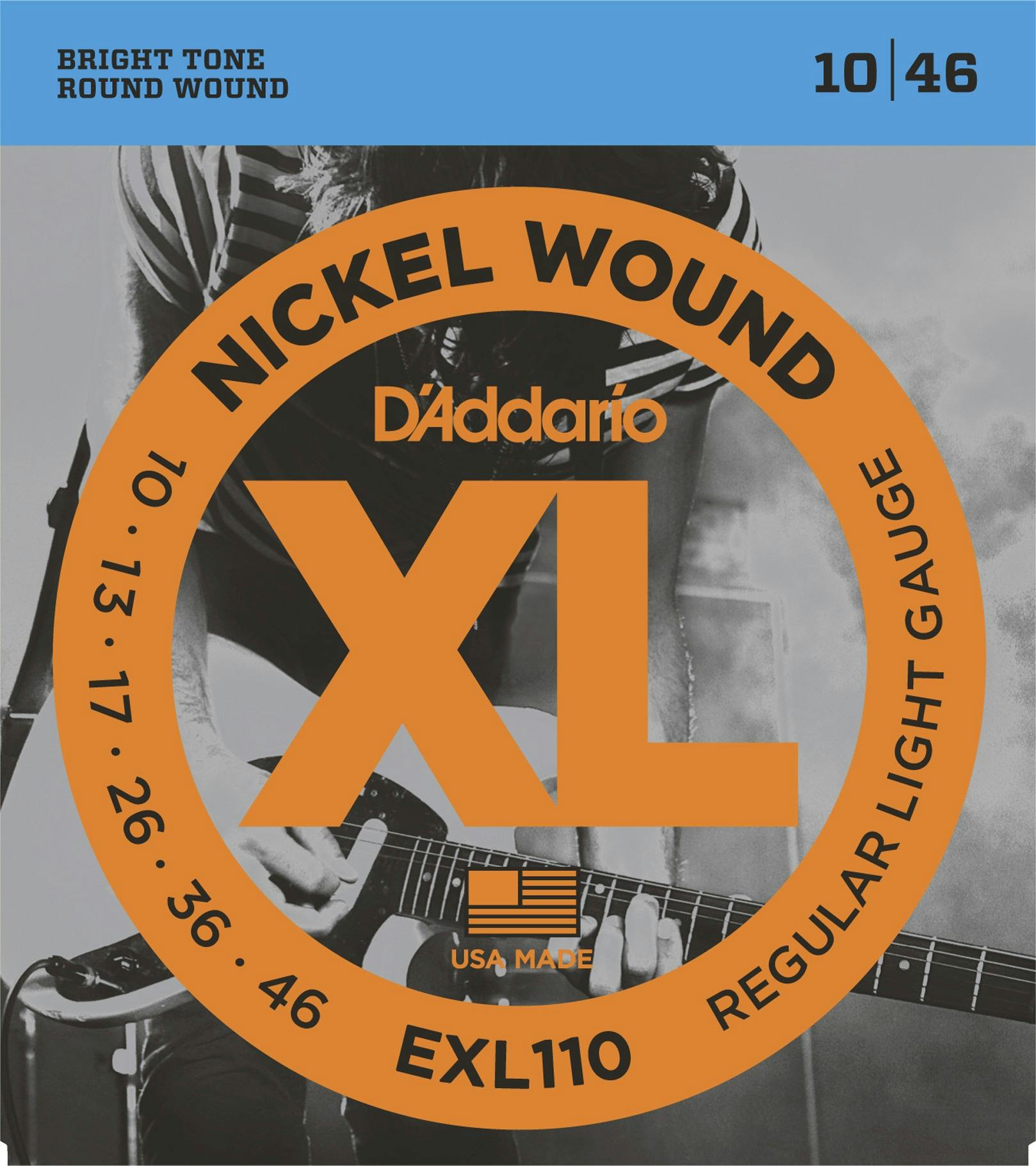
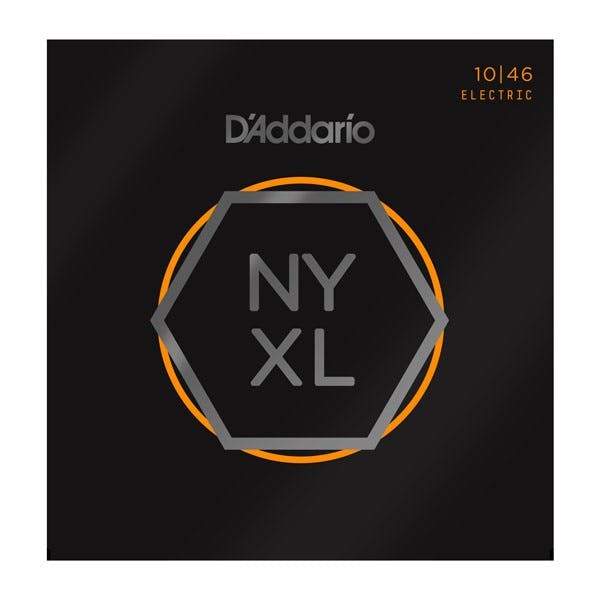
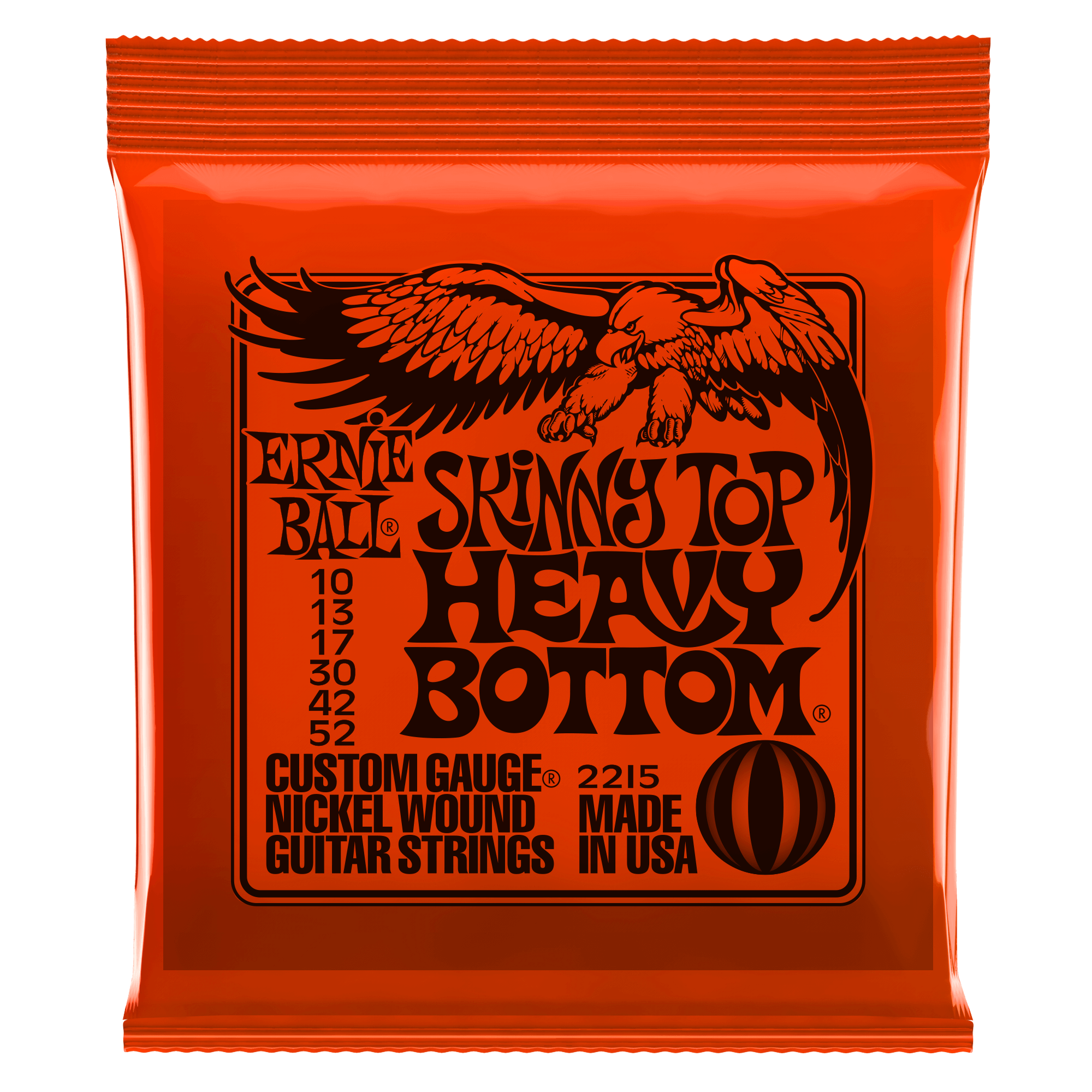
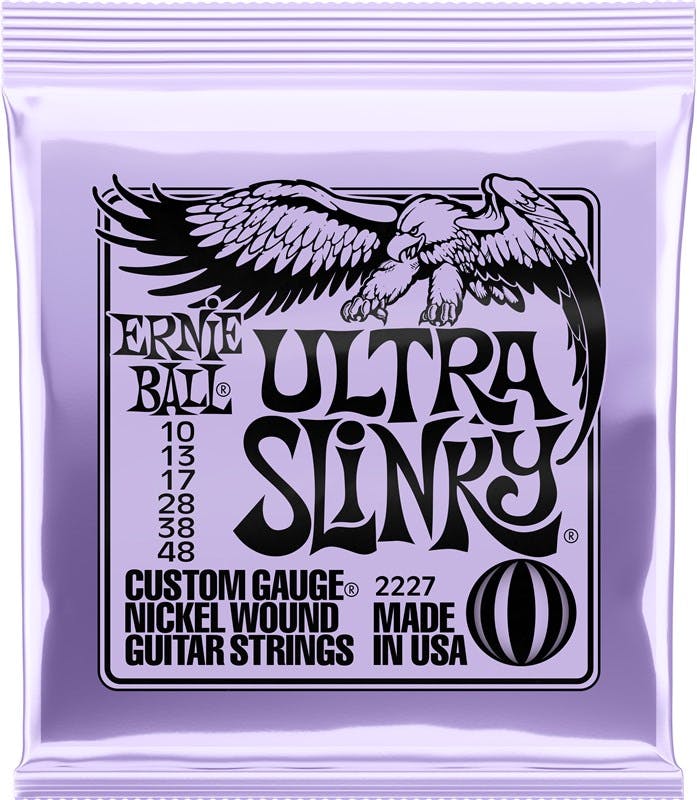
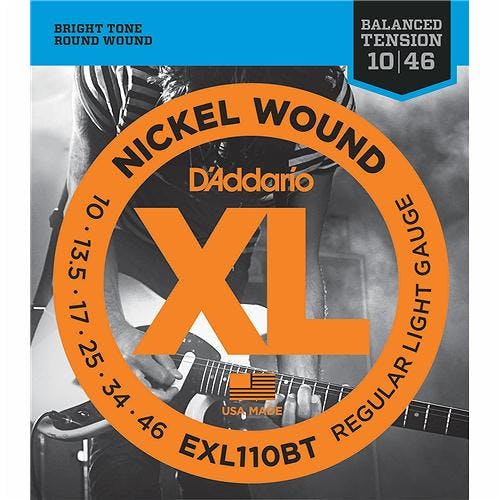
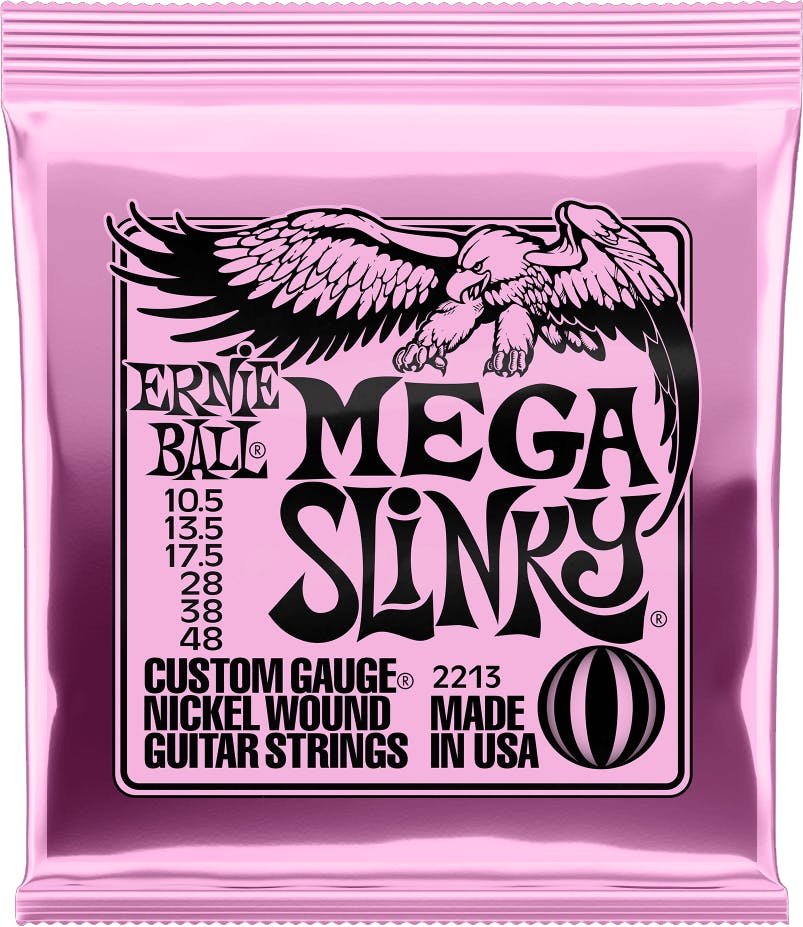
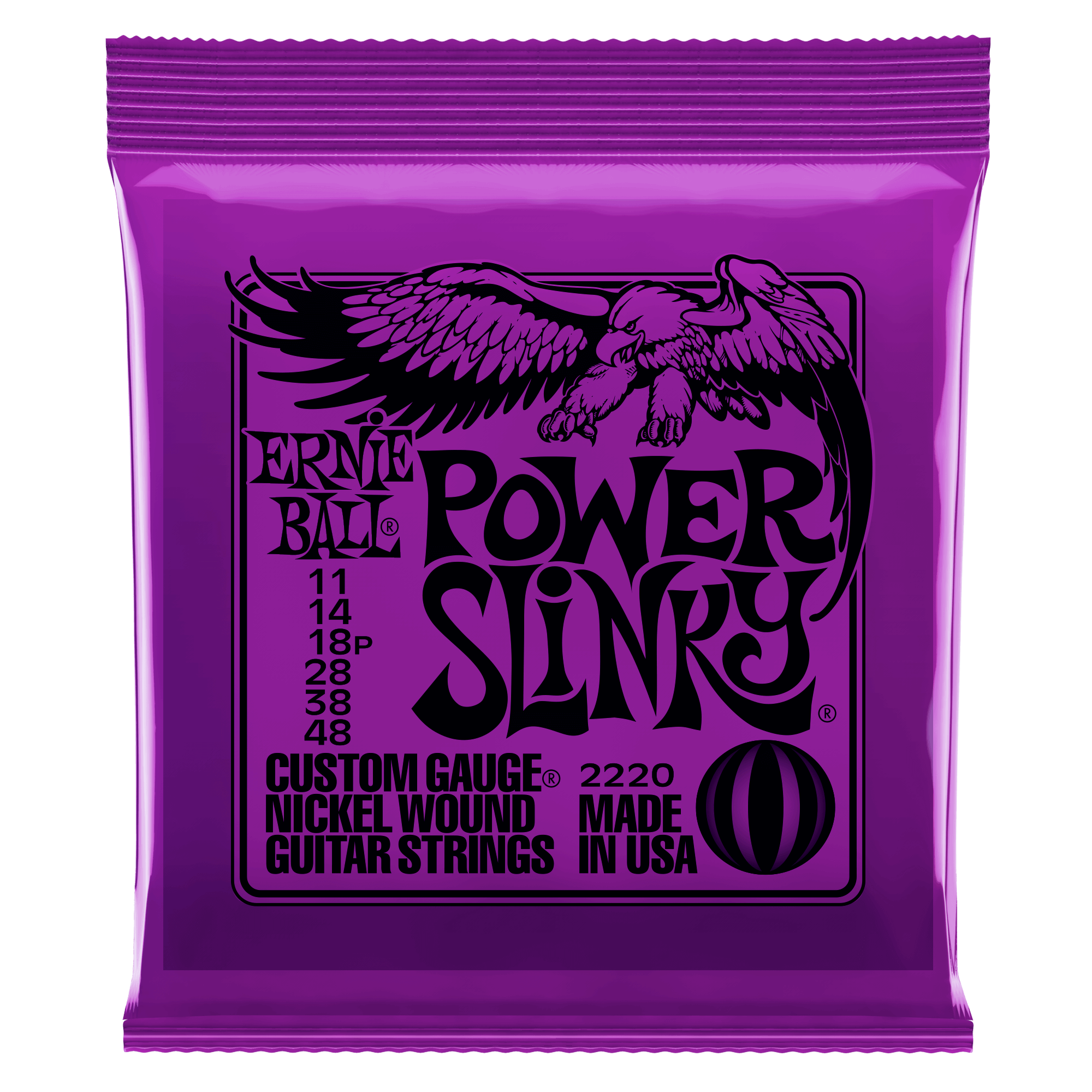
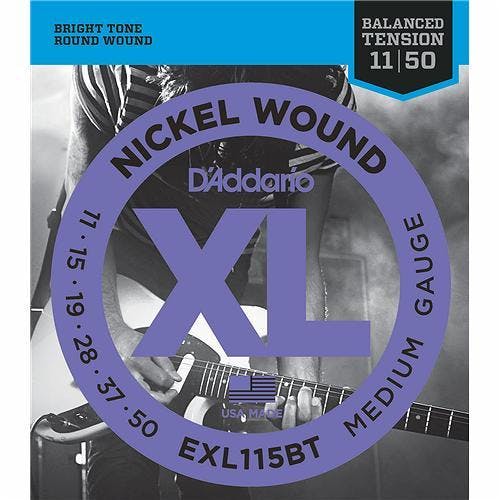
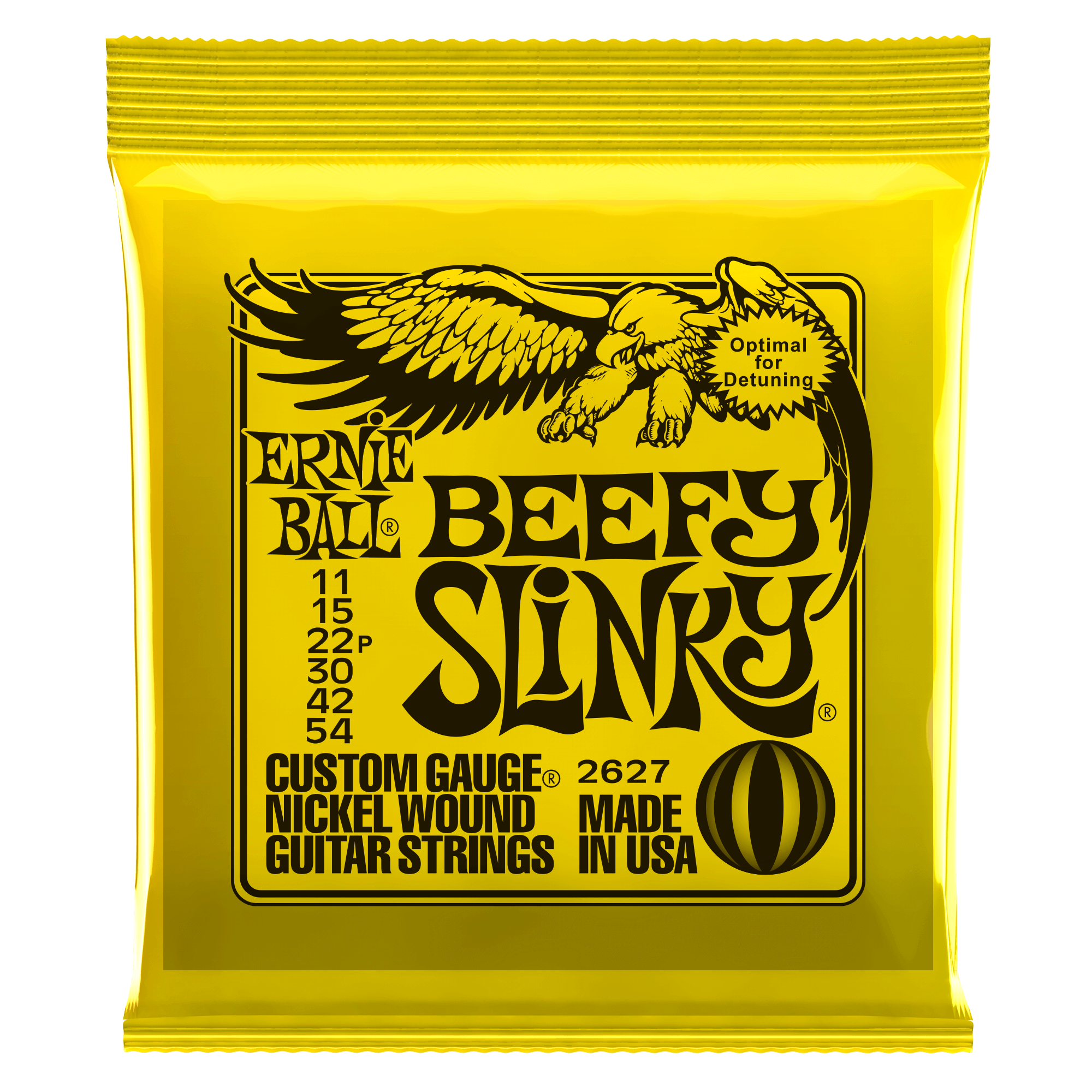
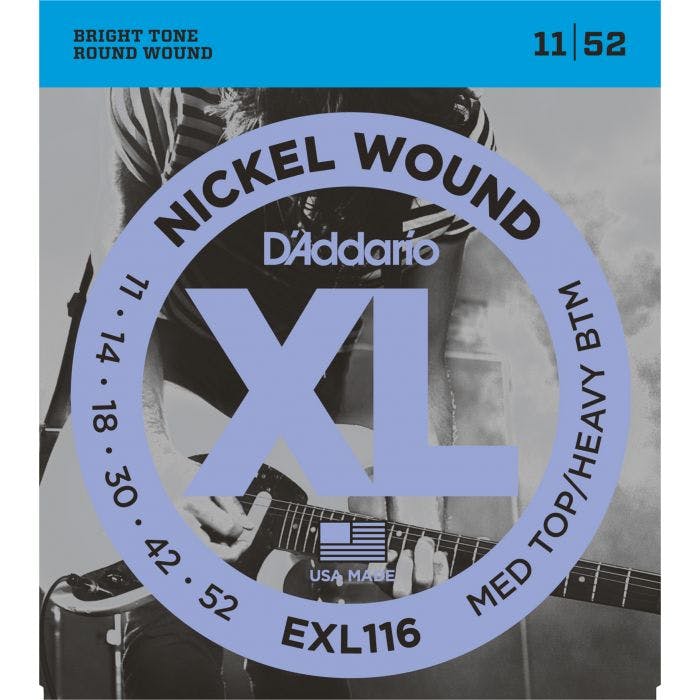
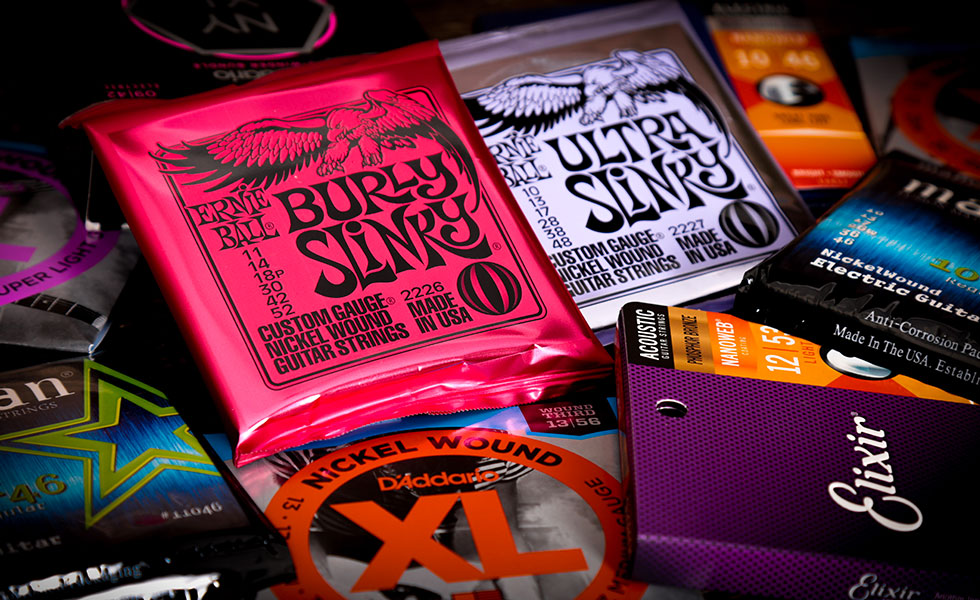
Responses & Questions